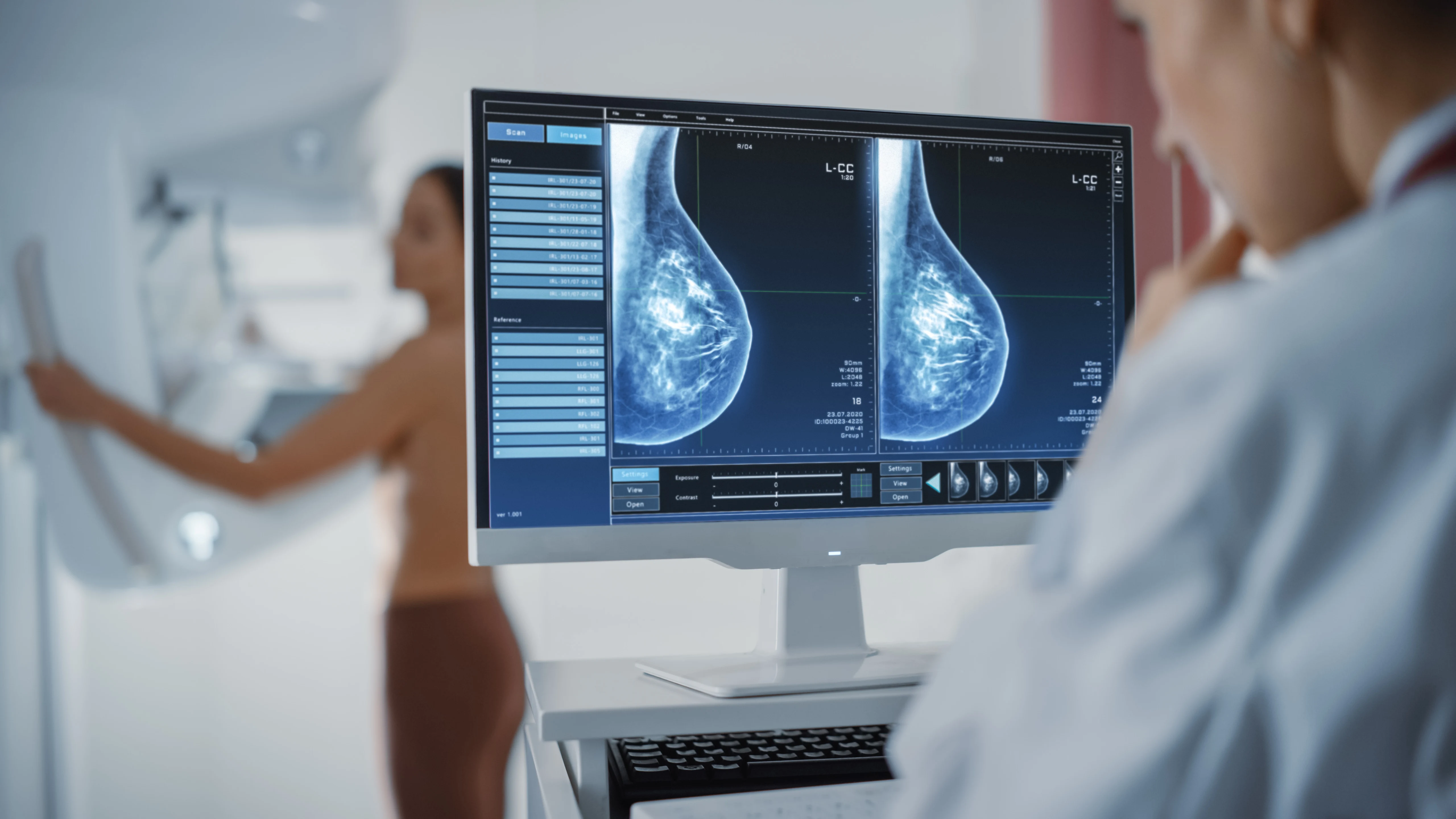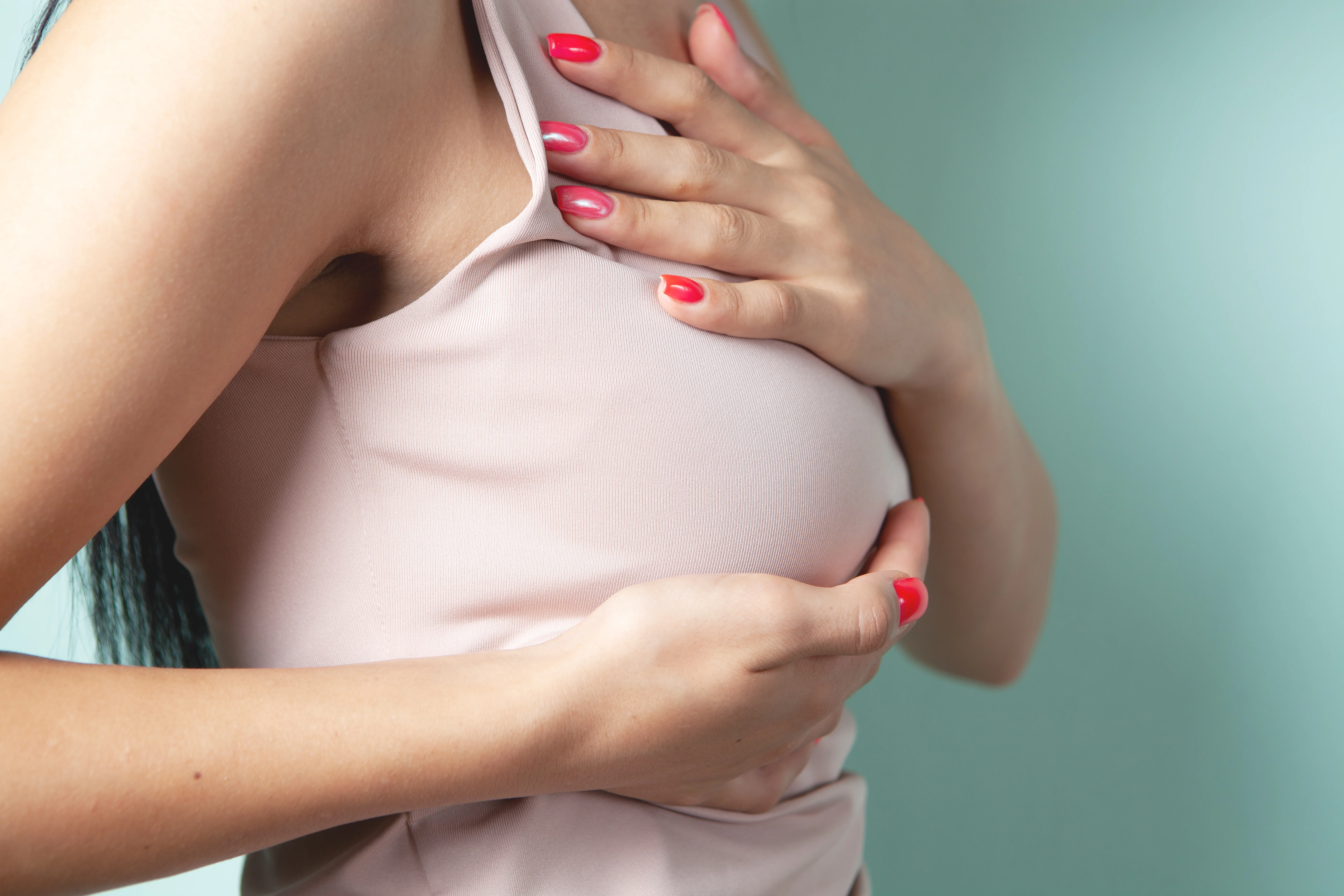Do Fat Transfers to the Breasts Affect Mammograms?

If you’ve had or are considering a fat transfer to the breasts—whether for cosmetic enhancement or part of breast reconstruction—you may be wondering:
Will it change what shows up on my mammogram?
This is a great question, and the short answer is:
Yes, fat grafting can cause visible changes on imaging—but that doesn’t mean it’s harmful or confusing to your care team.
What Changes Can Appear on a Mammogram?
After fat transfer, some patients develop oil cysts or fat necrosis in the breast tissue. These are benign, expected changes that can sometimes show up on:
- Mammograms
- Ultrasounds
- MRIs
Not everyone develops these changes, but they’re not uncommon, and they’re generally nothing to worry about .
How Do Radiologists Handle This?
As the popularity of fat transfer to the breasts has grown—for both augmentation and reconstruction—radiologists have become very familiar with the imaging patterns that follow these procedures.
Most radiologists can confidently distinguish between:
- Benign oil cysts or fat necrosis
- Suspicious findings like cancer
However, in some cases, additional imaging may be recommended—such as digital mammography, ultrasound, or MRI—to confirm that any abnormality is benign. Occasionally, a biopsy may be performed just to be certain .
Should I Get a Mammogram Before Fat Transfer?
If you’re 40 or older (or nearing that age), you’re already advised to begin regular mammograms. For those in this category—or anyone with a family history of breast cancer—it’s a great idea to:
- Get a baseline mammogram before your procedure, so future imaging has a comparison point.
- Continue annual screenings afterward as recommended.
This helps radiologists confidently monitor for any new or changing findings over time .
The Bottom Line
Yes, fat grafting can cause visible changes on mammograms, but they’re usually benign and well-understood by radiologists. Getting a baseline mammogram if you’re age-appropriate or high-risk is a smart move before surgery.
If you’re considering fat transfer to the breasts and have questions about imaging or safety, I’m happy to walk you through what to expect before, during, and after your procedure.
—
Dr. Victoria Aimé | Plastic Surgeon | Metropolitan Plastic Surgery, Scottsdale, AZ
Our surgical and non-surgical treatment options
Ready to start your transformation?
Whether you’re just beginning to explore your options or have specific goals in mind, we’re here to guide you with expertise and compassion.

Read more articles

What to Do If Your Saline Breast Implant Ruptures?
If your saline breast implant ruptures, you’ll notice right away. Learn why it happens, how common it is, and how long you have to replace it to maintain your results.

Choosing the Best Breast Implant Plane for You: Subglandular, Subfascial, or Submuscular?
Choosing the right placement for your breast implants — above the muscle, under the fascia, or below the muscle — is one of the most important steps in breast augmentation. Each option has unique benefits, from recovery and appearance to exercise considerations and long-term risks. This guide explains the differences in plain language so you can feel confident making the choice that’s right for you.

Does Submuscular Breast Implant Placement Affect Pectoralis Muscle Function?
Curious how placing breast implants under the muscle affects chest strength? Dr. Victoria Aimé explains what happens to the pectoralis major during submuscular breast augmentation, what functional changes to expect, and who might notice the difference.

What Does “Half Under the Muscle” Mean in Breast Augmentation?
“Half under the muscle” breast augmentation is trending in pop culture—but what does it actually mean? In this post, Dr. Victoria Aimé explains the surgical reality behind the phrase, breaking down the dual plane technique, who it’s for, and why it matters for natural-looking breast augmentation results.
